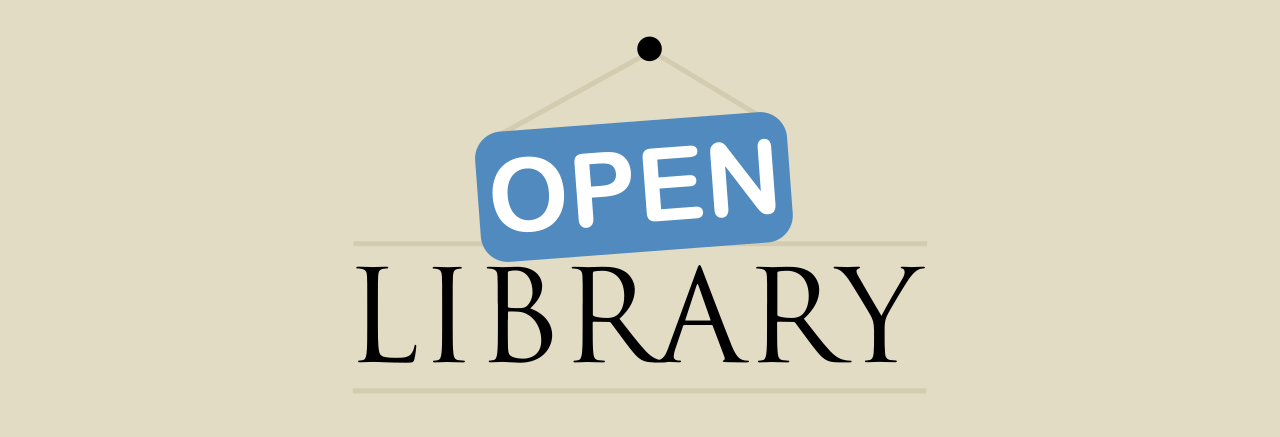Or, not so wild actually, it’s the Library of Congress!
We were thrilled to see our BookReader on the read.gov site today. The Library is using it to showcase of some gorgeous books from their Rare Book Collection, like “A Wonder-Book for Girls & Boys,” “The Baby’s Own Aesop,” and “A Christmas Carol.”
You might also be interested to follow along with a “book in progress” called The Exquisite Corpse Adventure, “an episodic progressive story game” with more than 20 contributors.
There’s information about the BookReader software on the Open Library site if you’re code-y too. We love it when the BookReader gets used!
